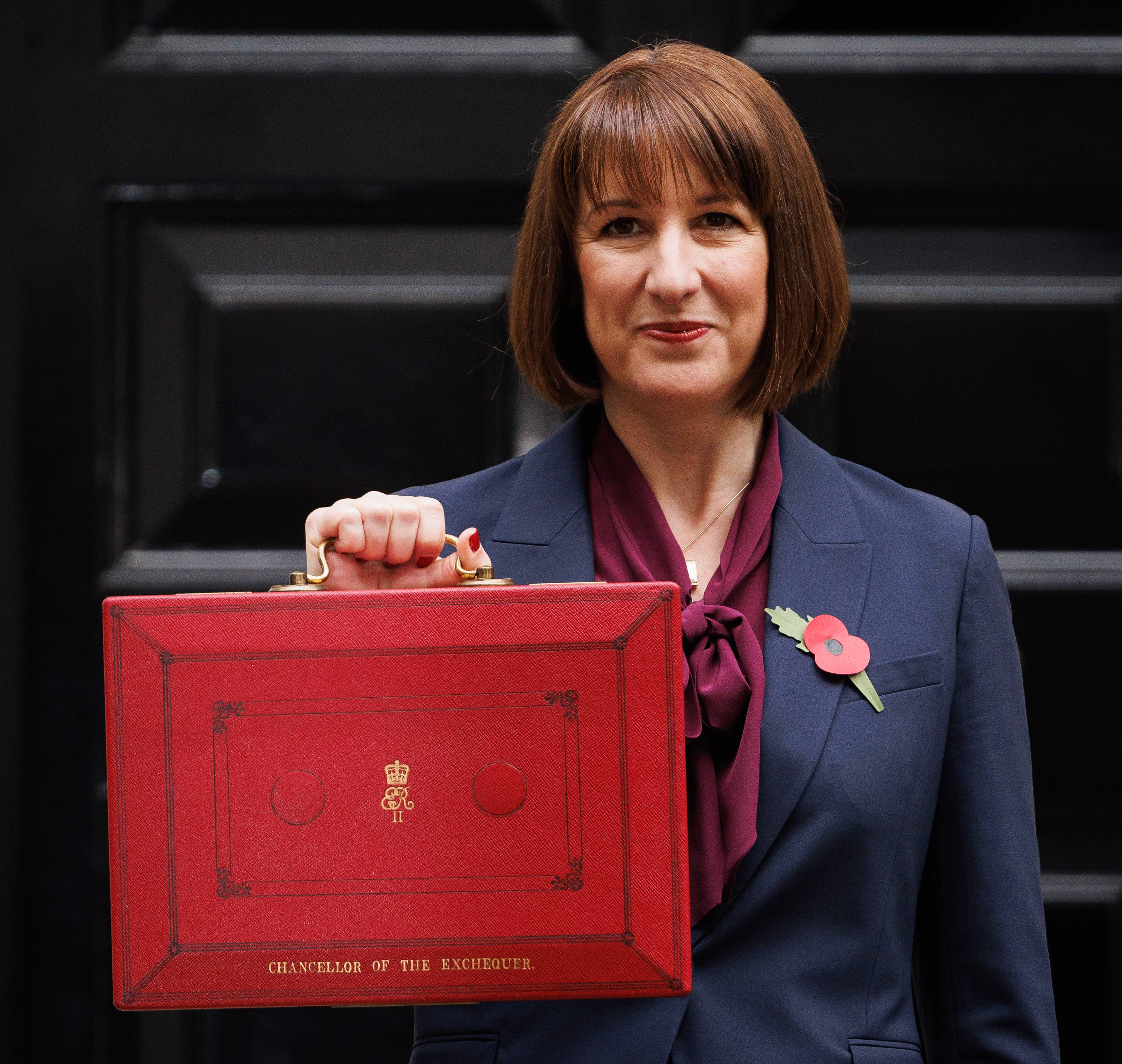Reimagining the built environment
Building, powering and managing the built environment is responsible for a huge portion of global emissions. To transition to net zero, the building and construction industries urgently need to reduce their emissions. We discuss what this could mean for charities and their investments.

Article last updated 22 July 2025.
Direct and indirect emissions from buildings and building materials represented 37% of total global emissions in 2020. It’s estimated that 40-50% of all extracted global resources are used for housing, construction and infrastructure.
With insatiable demand for buildings, these industries are undergoing tremendous change to reimagine the built environment. This includes new technologies to support sustainable construction techniques, designing buildings that last longer, recycling and reusing materials from old buildings, and finding more energy efficient ways to moderate temperatures within buildings.
So, what do charity trustees need to be aware of, both in terms of their longer-term investments and the role they can play with their own properties?
Solving the concrete problem
Incredibly, concrete is humanity’s second most used substance after water. With the concrete industry responsible for approximately 7% of global CO2 emissions, it urgently needs to find ways to reduce its impact.
Various cement makers are working to reduce their emissions using more biofuels and municipal waste instead of fossil fuels, while green hydrogen is being trialled as an alternative fuel in cement kilns. Work is also being done to tweak the composition of cement to improve the resulting concrete’s CO2 footprint.
The construction industry is also looking to reduce its reliance on concrete by trialling suitable substitutes – such as cross-laminated timber, engineered wood and composite recycled materials – and using alternative building approaches like modular construction and lean design.
However, as it’s still difficult to envision a world without concrete, it’s imperative that new technologies – carbon capture, use and storage, as well as carbon-cured concrete – are developed to help reduce emissions.
Dealing with steel
The steel industry, responsible for 8% of global CO2 emissions, is also trying to reduce its impact on the environment.
Some of the big steel companies are working towards producing zero-carbon steel, which involves replacing traditional coking coal with ‘green’ hydrogen. Decarbonising steel will also require a shift towards electric arc furnaces, away from blast furnaces which are more reliant on coal.
Other methods to reduce emissions include increasing the recycling of scrap steel, capturing, using or storing carbon, and improving the energy efficiency of existing steel plants. Finding steel alternatives is another option – one building materials company is producing composites that can be used as lighter, more durable alternatives to steel, as well as for repairs, to lengthen its life.
However, there is still a long way to go, as only 9 of the world’s 100+ steel companies have made a commitment to zero emissions.
Reducing demand
Slowing demand for new construction is another option – for example by designing buildings that last longer, and recycling and reusing materials from old buildings, already common practice for metals where the economic return on recycling makes financial sense.
Meanwhile, policies such as the UK Future Homes Standard, designed to significantly reduce emissions in new homes, should drive demand for energy efficient products and services that encourage recycling and longevity – such as the use of recyclable plastic piping, which is longer-lasting and easier and cheaper to transport than traditional copper. Modular homes are another emerging solution.
Retrofitting for the future
Using recycled materials and producing longer lasting and more efficient homes and offices can make a big difference. However, as existing building stock will still represent most of the available floor space even by 2050, it will need to be retrofitted to higher energy efficiency standards to help meet net-zero targets.
Retrofitting existing building stock is relatively expensive, but some interesting developments are enabling renovations to be financed by future cost savings on energy and maintenance.
For example, the Energiesprong (energy leap) movement in the Netherlands has seen specialist Dutch retrofitting businesses reduce waste by 90%. This is in addition to growing demand for ancillary products and services, such as environmental building audits, energy conservation and insulation.
Temperature control
Continued urbanisation and rising temperatures are creating increasing demand for air-conditioning, particularly in the developing world. The International Energy Agency (IEA) estimates that 5% of global energy consumption is used to cool buildings. Demand for refrigeration techniques also continues to rise across the globe. The IEA predicts the energy needed to run the world’s cooling machines will triple by 2050. Fortunately, new HVAC systems can be a quick win for reducing emissions in buildings, driving strong growth for companies in this sector.
On the flipside, with heating and hot water for buildings responsible for 13% of total global CO2 emissions in 2019, alternative heating methods, such as heat pumps, are much in need. ‘Ground source’ heat pumps, for example, are very desirable for large-scale projects, such as city or regional grids and commercial enterprises.
Charities playing their part
While all these innovative technologies may go some way to helping create more environmentally friendly offices, houses, factories and other indoor spaces,
much more needs to be done to come anywhere close to meeting global greenhouse gas emissions targets by 2050.
Trustees may want to consider their charities’ properties: are they energy efficient, are they fit for purpose, are they needed? Or, by rethinking how they use their spaces, can charities support the energy transition?
Trustees should also stay abreast of potential long-term investment risks and opportunities. While the risks to building and construction companies over the coming decades are significant, there are also likely to be interesting opportunities for good investment returns from those that embrace positive change to find low-carbon solutions.
You can read more about how these industries are working to help tackle climate change in our investment report, Building a more sustainable future.



